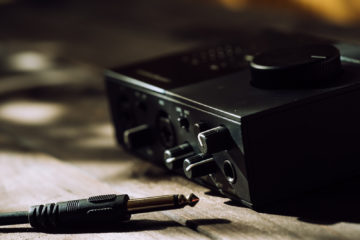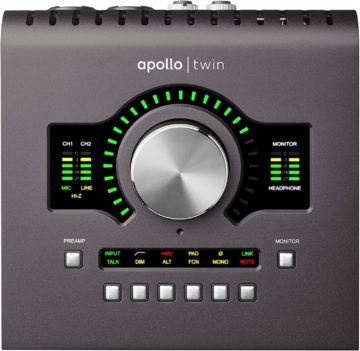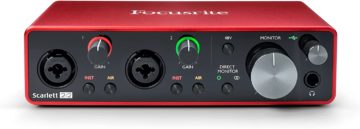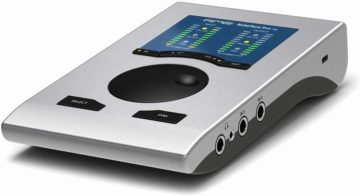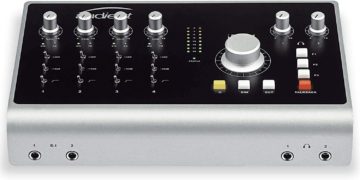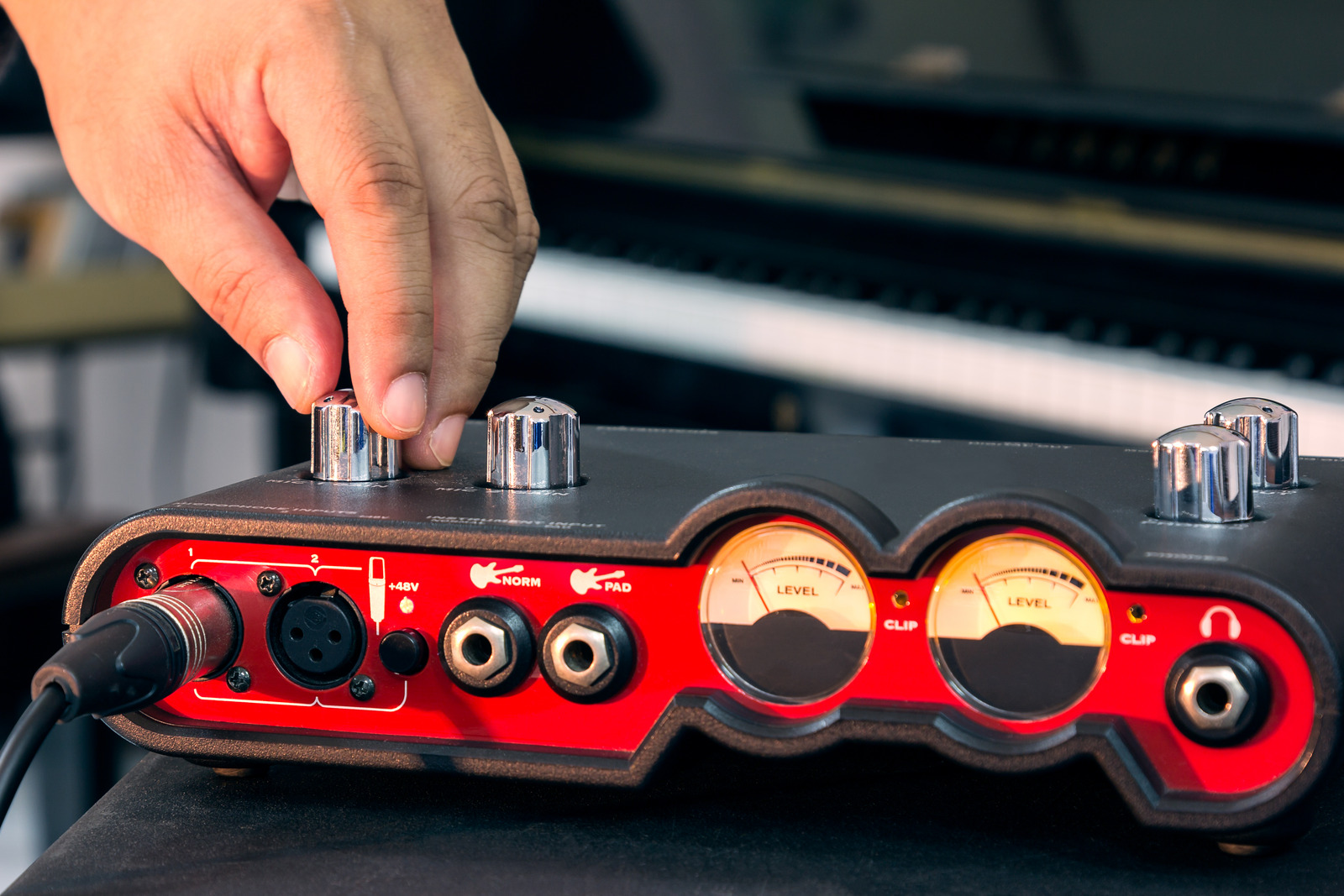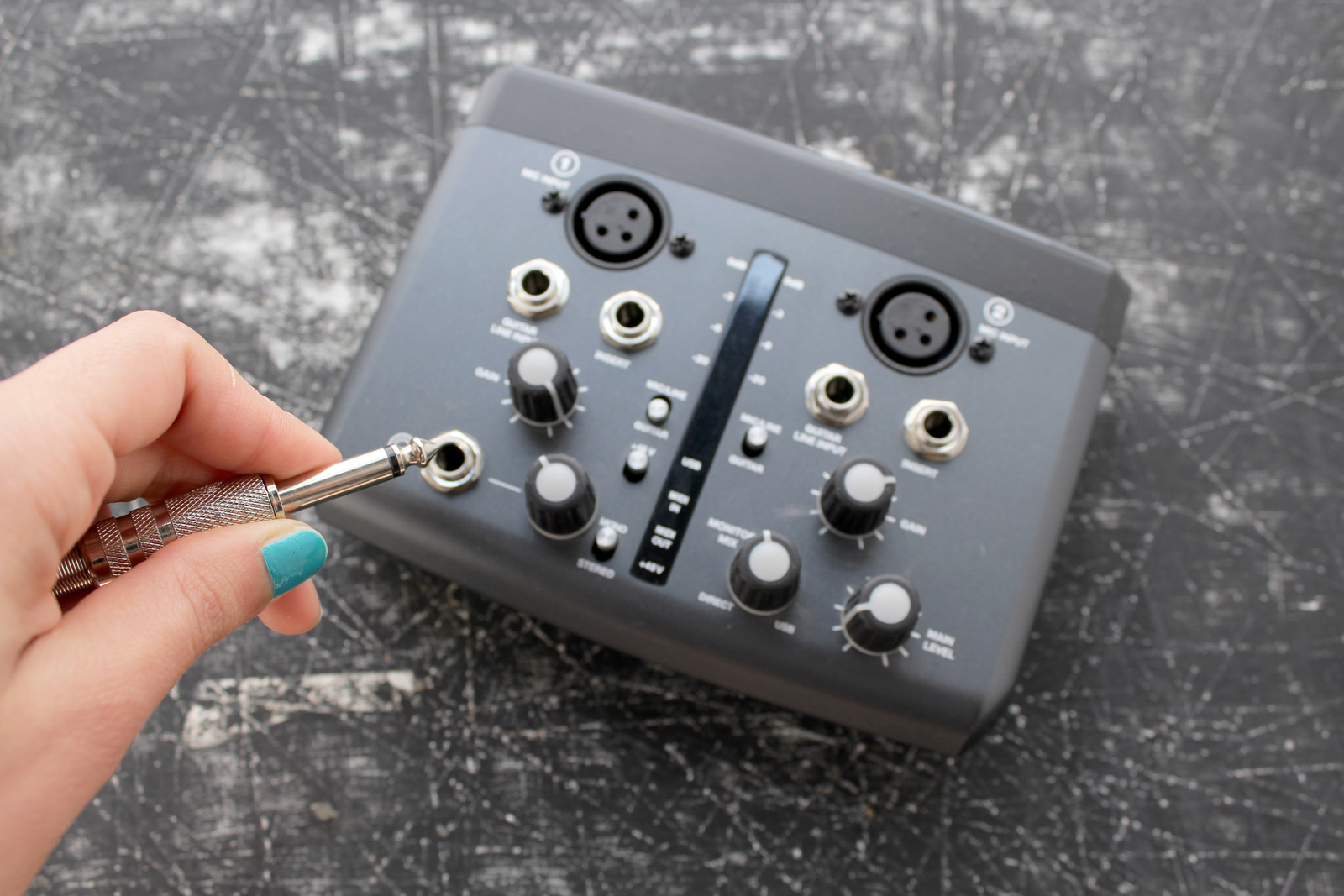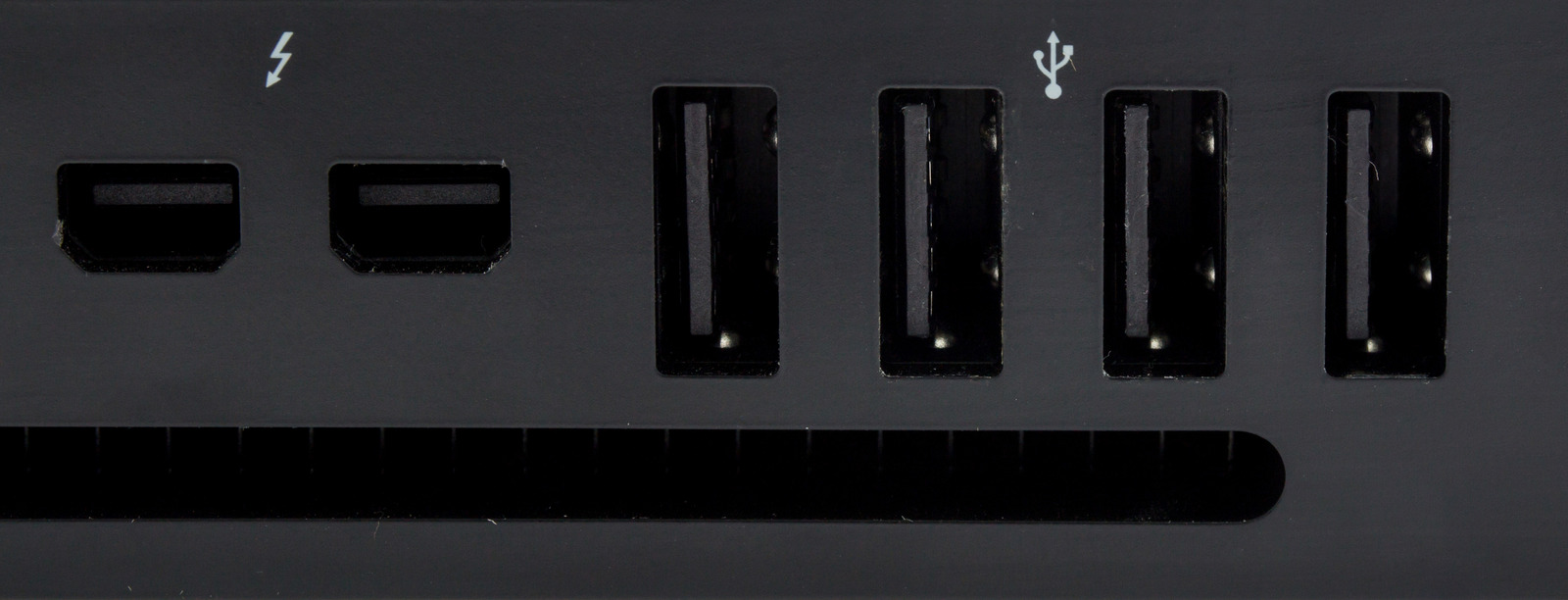The Universal Audio Apollo Twin MKII Solo is a Thunderbolt interface that offers premium performance. If you have a home studio, you’ll be more than satisfied with the Apollo Twin MKII Solo.
Best Electronic Drum Headphones
Unveiling the top electronic drum headphones - from budget finds to premium sound quality. Elevate your drumming experience now!
